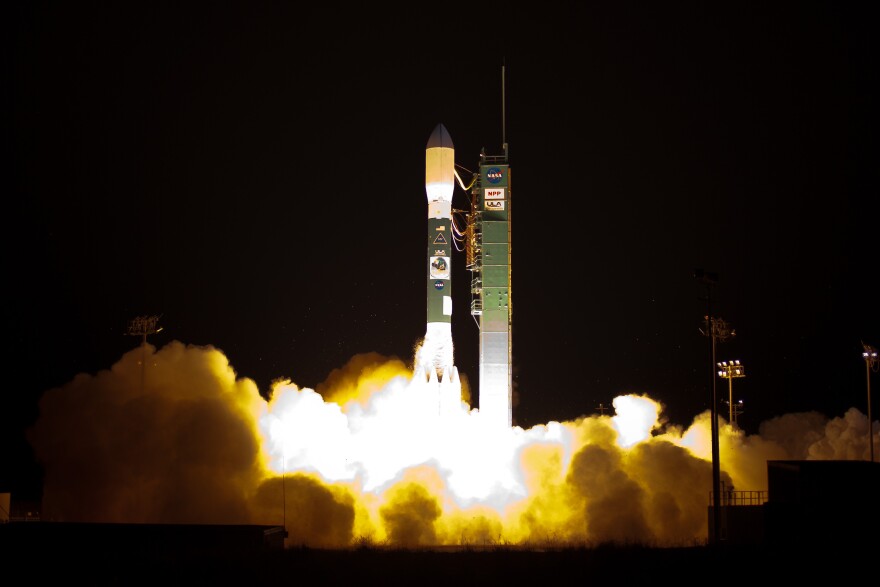In a boost to the Colorado aerospace industry, NASA has just snatched up three of the five remaining Delta II rocket launchers made by United Launch Alliance (ULA), a joint venture between Boeing and Lockheed Martin.
The Delta II launcher, touted as “the industry workhorse” by ULA, got its start in 1989 putting up GPS satellites for the United States Air Force. For NASA, too, the Delta II has been a go-to model for its science projects, including two Mars rovers and the Kepler mission.
But in 2009 the Air Force decided it would be using Delta II for the last time. ULA stopped production, leaving only five of the dependable medium-class launchers.
Delta II’s Last Trifecta

Now, three of the classic launchers are slated for use in upcoming science missions, lifting off between 2014 and 2016.
The first of three missions is known as Soil Moisture Active Passive (SMAP), which will take measurements of the amount of water and ice in soil across the planet. The information will tell scientists more about how water is moving, and should improve their ability to predict floods and keep tabs on droughts.
After that, the Orbiting Carbon Observatory-2 (OCO-2), will have its second chance to map global carbon dioxide levels, following a failure of the Taurus XL rocket (made by another launcher company, Orbital) to separate from the original OCO. The satellite will provide an unprecedented look at the natural and man-made sources of the greenhouse gas, as well as the sinks that can absorb it from the atmosphere, like plants and oceans.
The last scheduled mission by Delta II launch is the Joint Polar Satellite System-1 (JPSS-1), which will capture critical weather information, including the most detailed information available for fighting wildfires, and beam it back to Earth.

Getting Into Orbit
All three missions will be launched from the Vandenberg Air Force Base in California, which is known for putting spacecraft up into polar (or near-polar) orbits.
George Diller of NASA says polar orbits—with trajectories that wrap around the poles, slicing the Earth in half vertically—are well suited for making observations of the Earth, like all of the planned Delta II missions.
A dearth of reliable middle-class launchers—often just what many science expeditions need—has been a concern for NASA since 2010. Diller says the goal is to fit the mission with the right level vehicle to keep within budget.
“The Atlas is too much rocket for this payload,” says Diller, referring to ULA’s newer, more powerful—and more expensive—launch vehicle.
ULA was notified that it had won the competitive bid, priced at $412 million, for the trio of missions on Monday.
As for the last pair of rockets, Chris Chavez of ULA wrote in an e-mail that the company is working hard to sell them.




